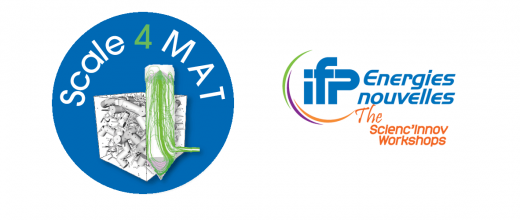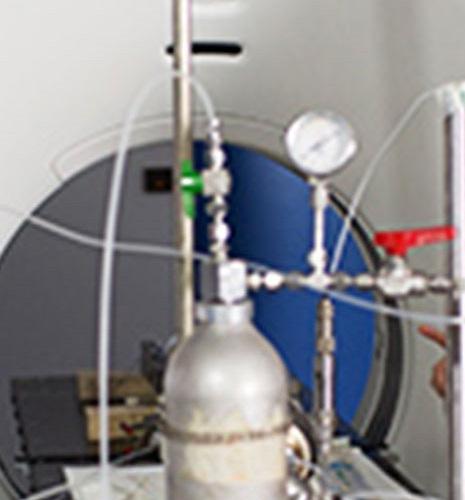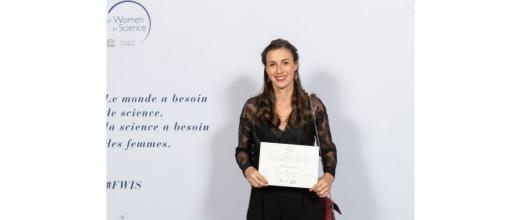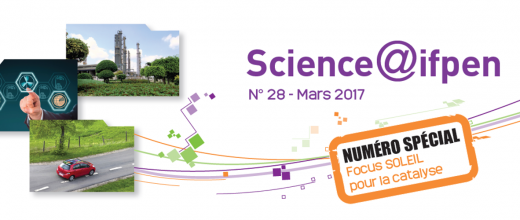Individual page
Etienne GIRARD
Research scientist in Catalysis / R&I Project manager
Following an engineering degree obtained from Chimie ParisTech (2008), I completed my research career with an academic thesis at the University of Toulouse (obtained in 2012), on the design and
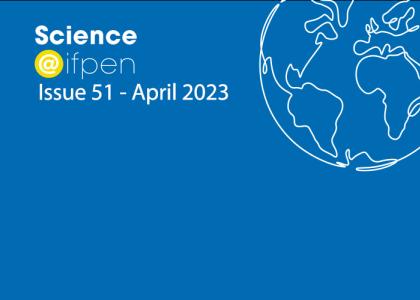
News in brief
SC2 - Quantum calculation reveals key mechanisms for bio-based chemistry
The dehydration of bio-based alcohols to form alkenes is a key reaction to obtain major chemical intermediates from biomass. It is efficiently catalyzed by zeolites presenting Brønsted acid sites and a crucial challenge is the control of its selectivity...

Individual page
Malika BOUALLEG
Project manager, Research Engineer in Heterogeneous Catalysis
Malika Boualleg joined IFP New Energy after a thesis in synthesis of materials and heterogeneous catalysis (CP2M, ex-LCOMS 2006-2009), during which she developed new syntheses of mesostructured
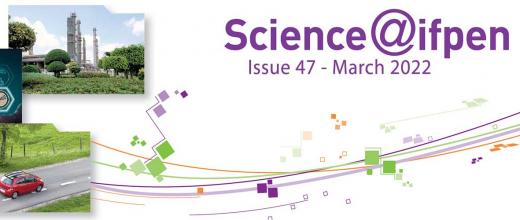
News in brief
Photocatalysis, a lighted pathway for CO2 conversion
Although the climate crisis makes the reduction of CO2 emissions a matter of urgency, some industries will have difficulty in avoiding them, such as cement plants (where the core process is currently based on the calcination of CaCO3) or refineries, which are currently highly energy-intensive. Hence the huge potential interest in procedures that could capture the CO2 released directly from the plant (...) then recover it at a fraction of the energy cost...

News in brief
New acid zeolites obtained from silicogermanates
Zeolites are microporous crystalline aluminosilicates that exist in the natural state and can also be synthesised for a wide range of applications, from the biomedical industry to the production of renewable energy. (...) This work was carried out entirely at IFPEN as part of a doctoral thesis and has resulted in a new stable zeolite...

News in brief
Semantic segmentation through deep learning in materials sciences
Semantic segmentation conducted on microscopy images is a processing operation carried out to quantify a material’s porosity and its heterogeneity. It is aimed at classifying every pixel within the image (on the basis of degree of heterogeneity and porosity). However, for some materials (such as aluminas employed for catalysis), it is very difficult or even impossible using a traditional image processing approach, since porosity differences are characterized by small contrasts and complex textural variations. One way of overcoming this obstacle is to tackle semantic segmentation via deep learning, using a convolutional neural network.

Individual page
Antoine FECANT
Research engineer / Project manager
Antoine Fécant holds an engineering degree from the Ecole Normale Supérieure de Chimie de Lille (2004) and a DEA (Master degree) from the University of Lille I the same year. He then obtained a PhD
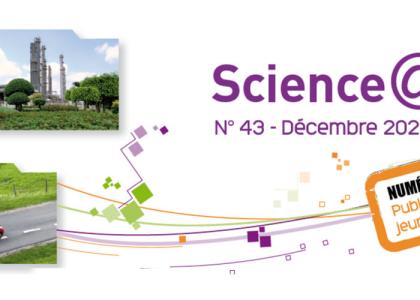
News in brief
Metal nanoparticles living on the edge
Platinum nanoparticles supported on chlorinated γ-alumina are used in bifunctional heterogeneous catalysts, which are central to numerous industrial processes. An atomic-scale study...

Individual page
Charles-Philippe LIENEMANN
Charles-Philippe Lienemann - Scientific Advisor at the Physics and Analysis Division
Charles-Philippe Lienemann graduated at the University of Geneva (Switzerland) in 1993. He then joined University of Lausanne (Switzerland) within the group of D. Perret and Prof. J-C. Bünzli for his
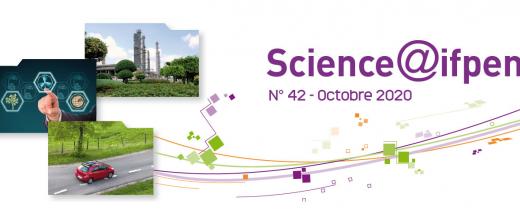
News in brief
In situ characterization of the genesis of the active sites of hydrotreatment catalysts by X-ray Absorption Spectroscopy
Meeting environmental standards governing the sulfur content of oil-based fuels hinges around the optimization of hydrotreatment processes (HDT), involving, in particular, the development of more



